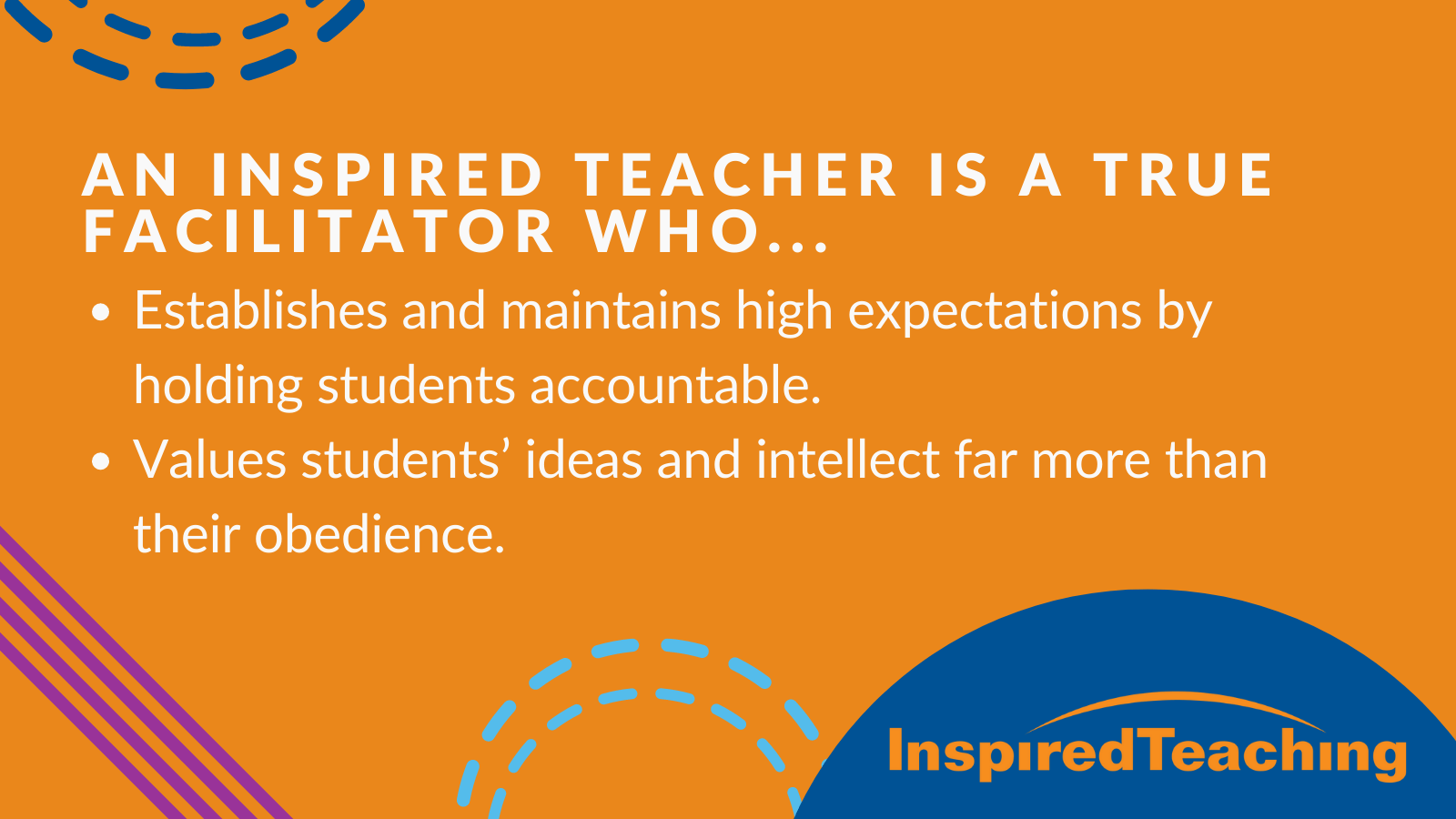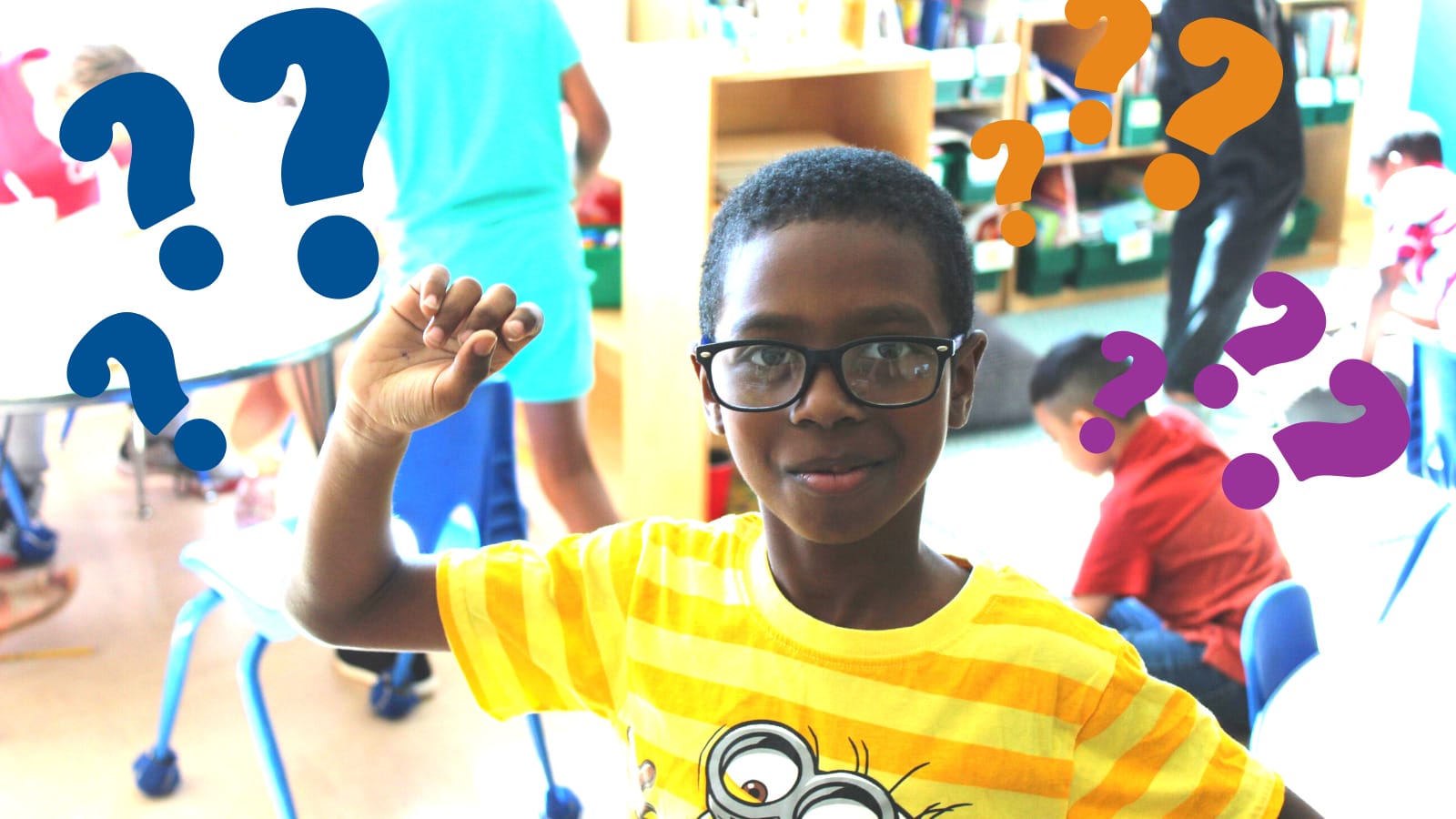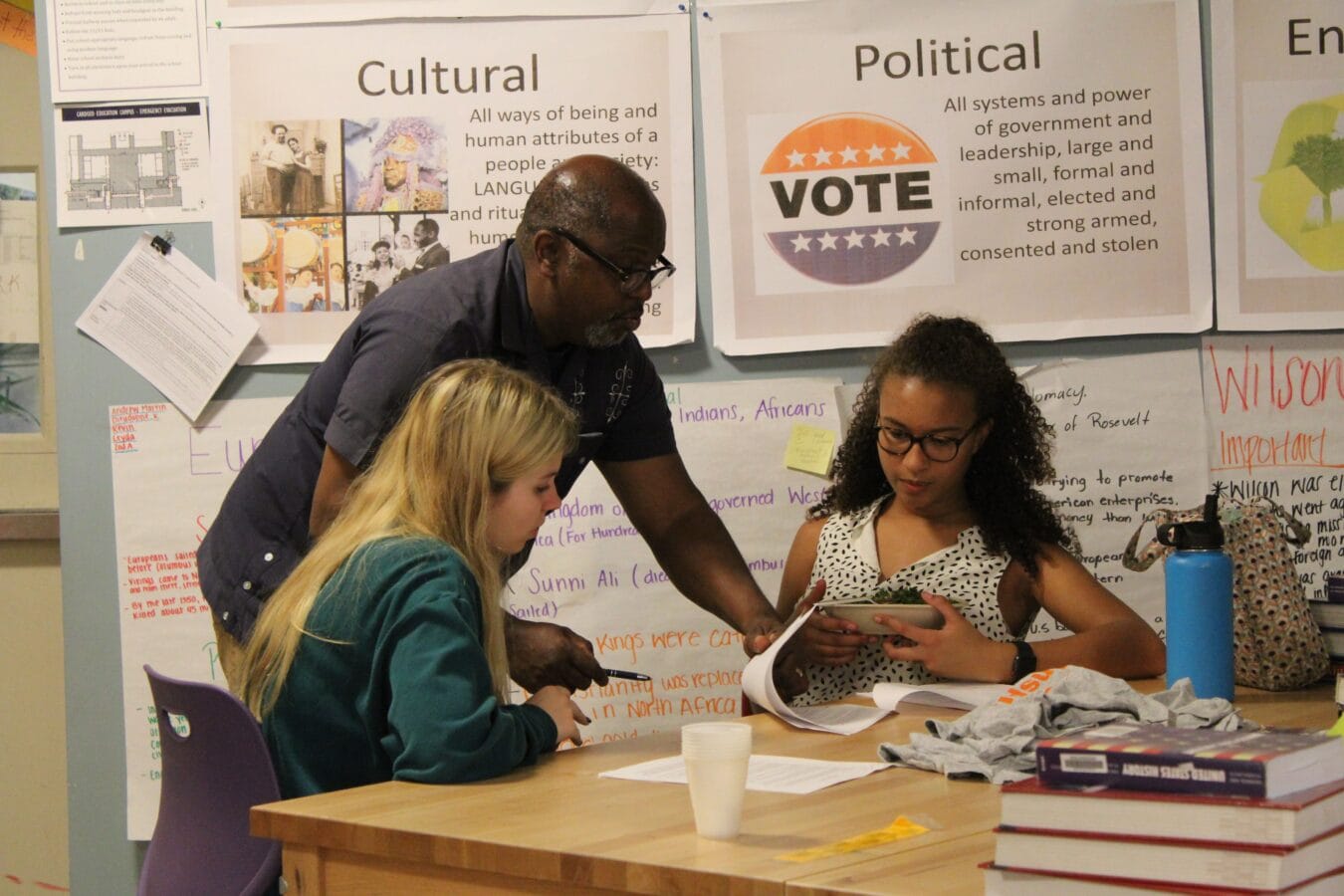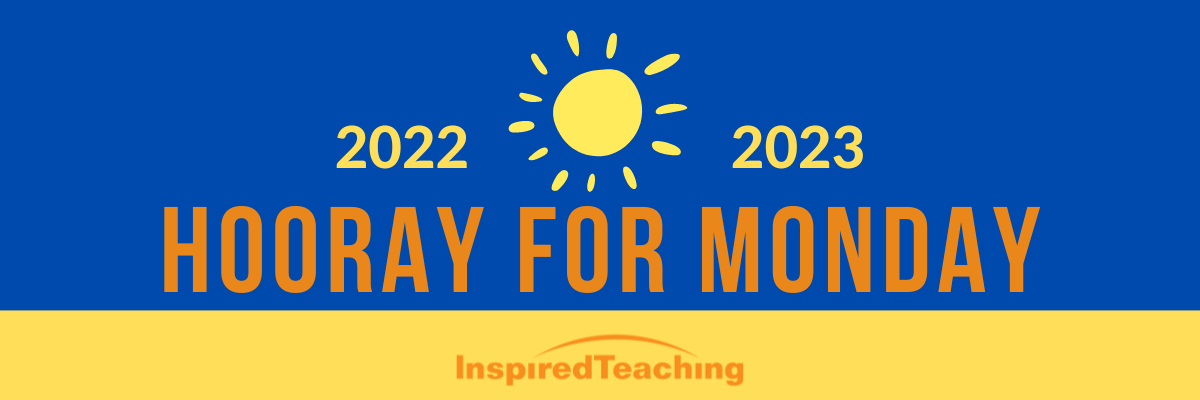October 3, 2022
By Aleta Margolis, Founder and President, Center for Inspired Teaching
Hooray for Monday is a weekly blog filled with questions, ideas, reflections, and actions we can all take to remodel the school experience for students.
You can now listen to Hooray for Monday on Spotify! Check out our podcast here.
Which is better:
A student who sits quietly and completes all their work without bothering you
Or
A student who is bursting with curiosity and ideas?
I know. Some days, especially these days, the idea of a quiet, complacent student, or even a whole class of them, sounds heavenly. (Full disclosure, on one particularly stressful day while I was teaching sixth grade, I invented a game in which the objective was to lie on the ground and be absolutely still for as long as possible. My kids loved that game, and we played it from time to time when I needed to remember what silence sounded like.)
And those students who just can’t stop asking questions – “Where do stars go during the day?” “Why does our school’s mask policy keep changing?” “What is the nutritional content of today’s lunch?” – they can derail lessons, and prevent you and your students from achieving important instructional goals.
But cultivating that curiosity is one of the most important things we do as teachers.

When a child asks a question that’s unexpected or off-topic, that’s a perfect time to embrace an improvisational mindset. Let’s imagine a student is questioning your school’s mask policy in the middle of an unrelated lesson. Here are a few improvisational ways you might address that:
Build the question into your content.
If you’re a social studies teacher, you might turn the question around and ask the student to reflect on government policies they’ve learned about that have changed over time, and explore why. If you’re a science teacher, you might use this as an opportunity to explore how growing scientific knowledge changes the way we live our lives.
Encourage independent exploration.
Our biggest dream for our students is that they take what they’ve learned in our classrooms into the wide world beyond them. You can begin to foster that skill by encouraging students to learn on their own and then celebrating the knowledge they cultivate. You could, for example, say to this student, “That’s a good question. Who in this school do you think might have an answer for you? Let me write you a hall pass so you can go ask them and come back and let us know what you learn.”
Create a space to “hold” questions for another time.
A “parking lot” or blank sheet of poster paper on the wall can be a great place to capture questions when you simply cannot engage with them in the moment. Remember to come back to them. As you do so consistently, students will learn that not every inquiry requires an immediate answer; they’ll also learn that they are heard, and that you value their curiosity.
Make room for wondering in your schedule.
The more you encourage curiosity in your classroom the more it will grow. Children’s wonderings, not unlike those of adults, rarely follow the scope and sequence of a planned lesson. But if you make room for times within your day, week, or month when students can pursue their wonderings, great possibilities can take root. Consider what might happen if students knew they were expected to have a question they could explore independently every Friday. You’d need to put some parameters and expectations around how they would demonstrate their learning as they pursue this inquiry, but channeling their curiosity in this way builds autonomy, competence, and engagement – all things students need in order to be motivated to learn.

If you are thinking, “Wait! I don’t hear those kinds of curiosity-based questions in my class!” you’re not alone. Lots of students, including those who tend to do well in school, have learned over the years not to ask big questions. But if you start listening for questions that stem from authentic curiosity, and respond enthusiastically when they occur, they’ll start to happen more and more. That is how we grow as learners. And asking big questions is one of the most important things we can teach our students to do.
Wishing you a week of channeling your students’ curiosity, and your own.
Resources for Channeling Curiosity

Like a classroom parking lot, a graffiti wall is a great way to gather students’ thinking, create room for those who might not express their wonderings out loud, and incorporate this gathering of thoughts without disrupting the flow of instruction.
We all need to practice improvisational thinking: strengthening our ability to be flexible while staying focused on a goal. This activity is a great way to teach these skills; and it offers a metaphor you can return to in future classes when things get off track.


